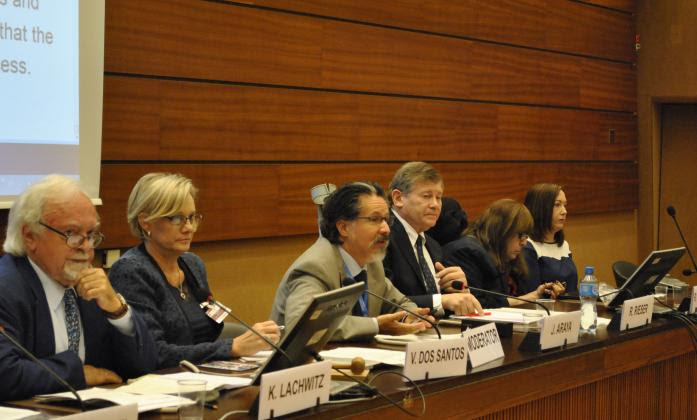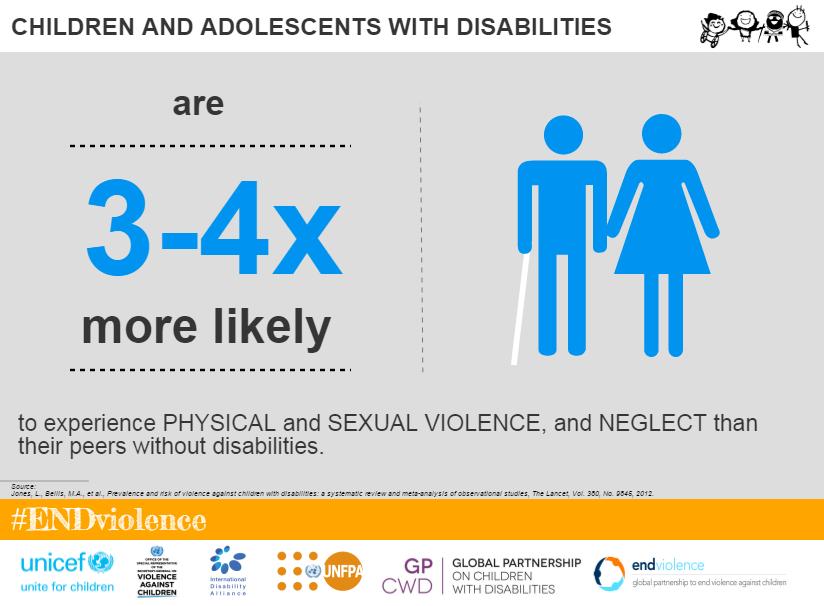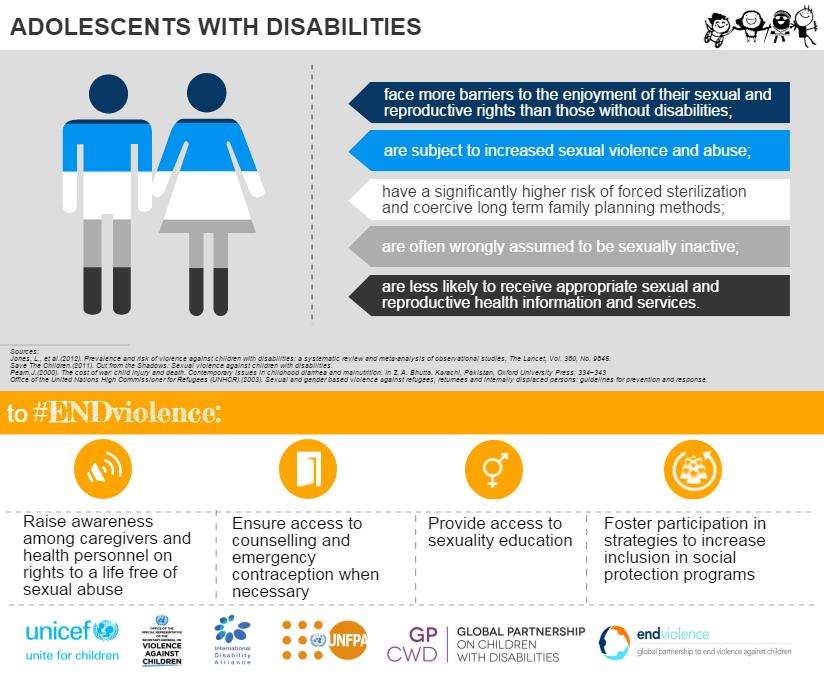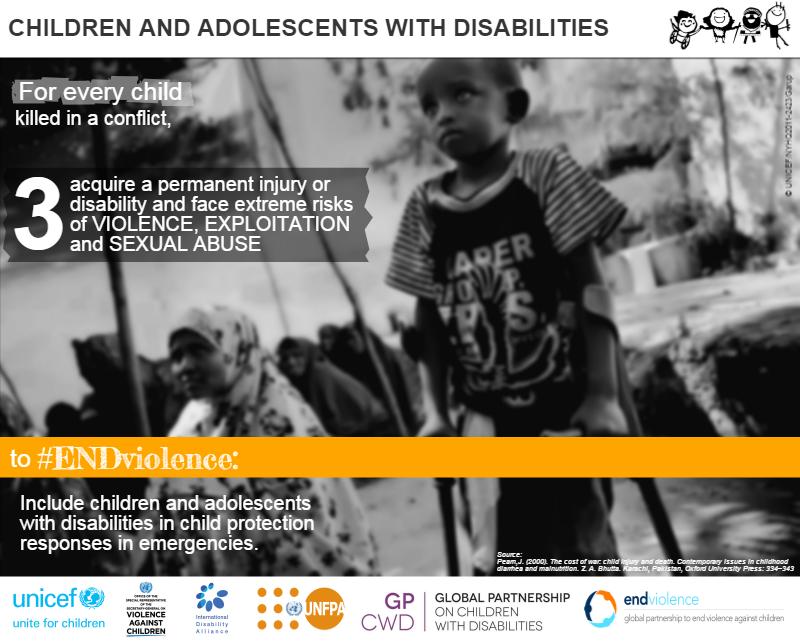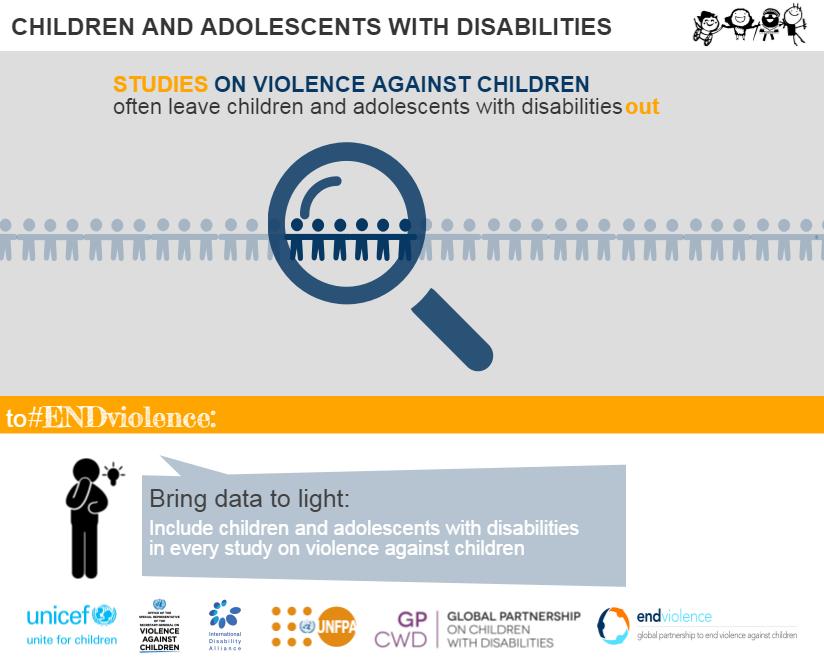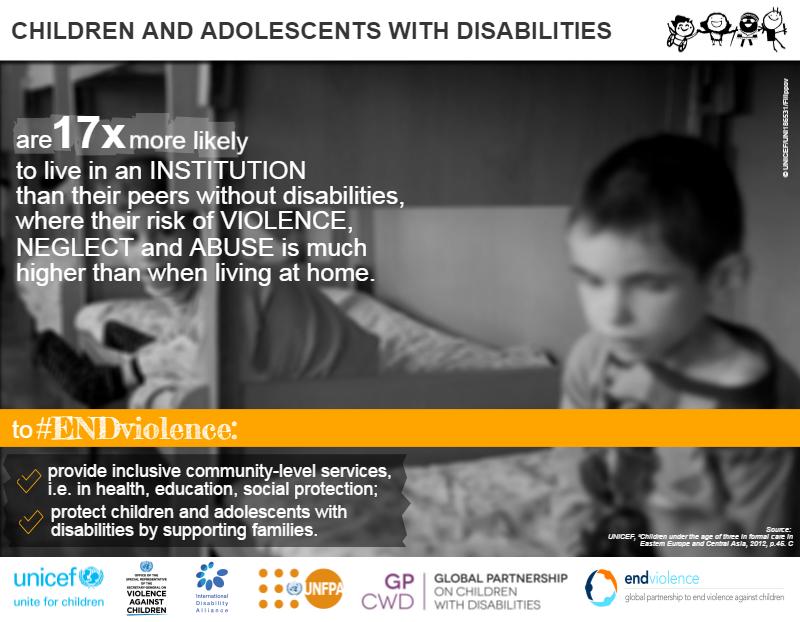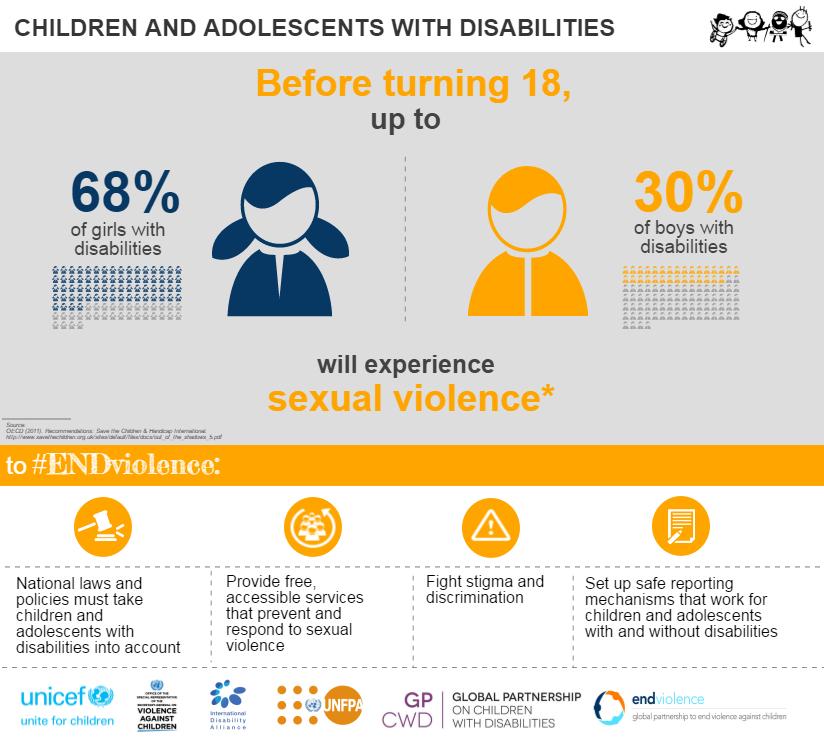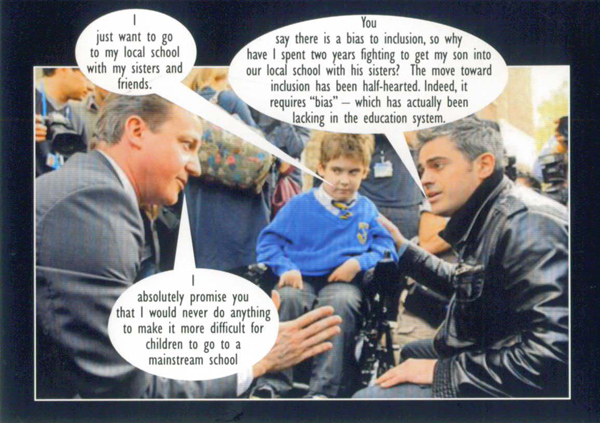Putting Disability back into SEND.
Richard Rieser, World of Inclusion www.worldofinclusion.com
As an ex-teacher, SEND specialist, a disabled person, a SENDIST panel member and campaigner and trainer for inclusive education I am increasingly concerned about the Children and Family Act reforms.
The Statutory Inclusion guidance was dropped in September 2014 and has not been replaced. The Government is increasing the provision for special schools and not encouraging good inclusive practice in mainstream schools. This is despite the Government being a signatory of the UN Convention on the Right of Persons with Disabilities and in particular Article 24 on Education which has recently been clarified as a right to Inclusive Education by the CRPD Committee in General Comment No 4.(Sept 2016) and the Government signing up to the Sustainable Development Goals –No.4 specifically being the development of an inclusive, quality education system for all. (www.ohchr.org/Documents/HRBodies/CRPD/GC/…/CRPD-C-GC-4.doc).
Article 24: A Right to Inclusive Education guarantees all Disabled learners a right to participate in all forms of mainstream education with appropriate support. When the UK Government ratified the UNCRPD in June 2009 it decided to place a number of restrictions on its UNCRPD obligations which subsequent Governments have upheld.
The Government, when it adopted the UNCRPD and on Article 24, made a declaration and reservation. The first is an Interpretative Declaration which clarifies the UK Government commitment to developing inclusive education and defines the general education system and unlike all other signatory nations maintains special schools. The Interpretative Declaration text states that:
Interpretative Declaration:
“Education – Convention Article 24 Clause 2 (a) and (b)
The United Kingdom Government is committed to continuing to develop an inclusive system where parents of disabled children have increasing access to mainstream schools and staff, which have the capacity to meet the needs of disabled children. The General Education System in the United Kingdom includes mainstream and special schools, which the UK Government understands is allowed under the Convention.”
We notice very little emphasis in the SEND Code of Practice or in Government initiatives to develop this increasing capacity. In reality with a large increase in numbers of parent seeking special schools in recent years would suggest a reduction in capacity to meet the needs of disabled children. The population of maintained special schools has gone from 87,010 in 2007 to 105,365 in 2016. Add to this the number of children with a statement or plan in independent schools which over the same period has risen from 7,760 to 13,500 and this is a definite trend away from mainstream in terms of placement.
The UK Government also placed a Reservation against Article 24 which states that:Reservation:
“Education – Convention Article 24 Clause 2 (a) and 2 (b)
The United Kingdom reserves the right for disabled children to be educated outside their local community where more appropriate education provision is available elsewhere. Nevertheless, parents of disabled children have the same opportunity as other parents to state a preference for the school at which they wish their child to be educated”. This reservation has among other things allowed the increase by Local Authorities of sending teenagers and young adults with SEND away to institutions many miles from their homes which the Lenehan inquiry is currently examining.
Adverse Impact of other education reforms
The main problem is that the SEND reforms are not a leading part of the Government’s education changes. The push for more selection with grammar schools, setting up more free schools especially special schools, the reduction in real funding and reorganisation of funding to one national formula, the introduction of a new knowledge based narrower curriculum and more testing of our children, the abolition of national curriculum levels and the loss of parental control through the replacement of governors with proprietors of academy chains all militate against the inclusion of children and young people and those with special educational needs.
What disabled children and young people need
As a disabled person who was a disabled child in the school system I know the key issues are feeling safe and not being bullied and having your individual needs addressed in a way that takes one’s learning forward with confidence and support . Not making you feel that your learning difficulties are your fault or that your physical difference is that something that diminishes your self esteem.
As the vast majority 90.6 percent of school pupils and students with SEN are in mainstream schools ( 121,525 with statements or EHC Plans and 991,980 on school support) then it is interesting how little emphasis there is in the SEND Code of practice on meeting their needs. An emphasis in the reforms on SEN –Assess, Plan, Do, Review- hardly compensates for all the Government measures listed above that detract from inclusion. (DFE SEN Statistics July 2016 gathered January 2016)
The SEND Code of Practice limits itself to Chapter 1 to talk about disability. But the vast majority of children with special educational needs also tick the definition under the 2010 Equality Act of disability. This definition is not a high threshold and was drawn up in this way to protect from discrimination.
Equality Act and disability
To have rights under the disability part of the Equality Act a child or young person needs to have a physical or mental impairment (loss of function) that has a substantial (more than minor or trivial) long term(12 months or more or likely to last 12 months or more) impact on their ability to carry out day to day activities. To be recognised by the school the school as disabled the child does not need a medical diagnosis. The school can be told by the parents or surmise this for themselves. Thus if the school has placed a child/young person on School Support it is very likely that the definition will apply to them. It is also likely to apply to young people with medical needs and mental health issues who are not on SEN support.
As soon as the school is informed they have a duty to make individual reasonable adjustments including providing auxiliary aids and support for those who count as disabled. However, the duty to make reasonable adjustments is and anticipatory duty. This means that before knowing about an individual they have to adjust their policies, provision, criteria and practices to not put disabled people at a substantial disadvantage and take steps to meet the likely needs of disabled learners. Governing bodies or the proprietor are under this duty. Policies, criteria, provision and practices for e.g. admission, exclusions, sports activities, school activities and trips, lunch time and after school activities and access to learning, should have been regularly reviewed and adjusted to not place disabled people at substantial detriment and ensure they take account of the need to make reasonable adjustments.
The school is also under a duty to not discriminate directly, indirectly or on the basis of issues arising from disability and to eliminate bullying and harassment. Disabled children and young people experience the highest level of bullying and harassment in our schools. The Anti Bullying Alliance has been focusing on this for the last two years and the next two years with Government money, but unless staff and students take ownership of zero bullying not much will change.
A key part of this change and making schools habitable for disabled children and students requires all schools to engage in developing an understanding of the social oppression that is disability. It is not the medical model/ deficit approach, but rather understanding that the systematic devaluing and negative attitudes to those who are physically and mentally different is the result of culturally rooted prejudice and discrimination that must be understood and challenged. http://www.anti-bullyingalliance.org.uk/resources/disablist-bullying/disablism-in-class/
UK Disability History Month provides an opportunity each year to focus on this change. It runs from the middle of November to the middle of December. This coming year’s focus is Disability and Visual Arts. Get your child’s school to participate. www.ukdhm.org . There is a wealth of material on the website for teachers to use.
What should Parents do to ensure their disabled children are getting their rights.
Many acts of discrimination occur inadvertently. But if they continue once you have pointed out your child is disabled and does not feel treated fairly and the school does not acknowledge and /or does not make reasonable adjustments. Continue to ask questions. Keep a written record. Complain to head if not satisfied. Always take someone with you as a witness and note taker. Complain to the Governing body or proprietor. If you do not get a change or the act of discrimination put your child at a substantial disadvantage contact SENDIST. If you are battling to get the right school support this could be part of your disability discrimination claim. Usually the threat of the Tribunal will get an apology from the school, but sometimes they will fight to the end. If you think you have a strong case don’t be put off. Make sure you have as much as possible fully documented. However you have time after you have filed a case to ask the school for other documentation.
Most of all Heads and school staff need disability equality training and students need to be exposed to the social model of disability and become allies of their disabled peers struggle for equality.
Category: Blog


